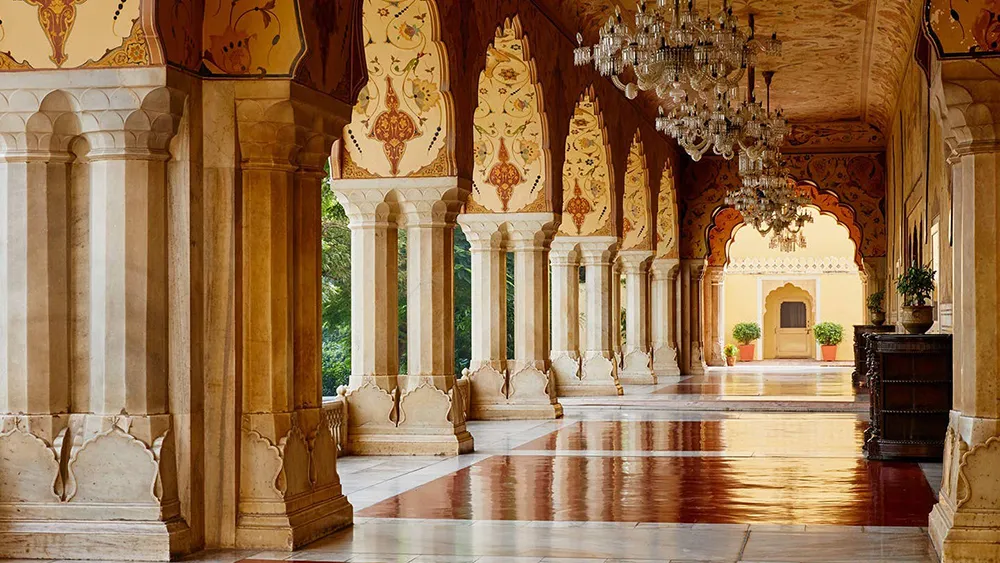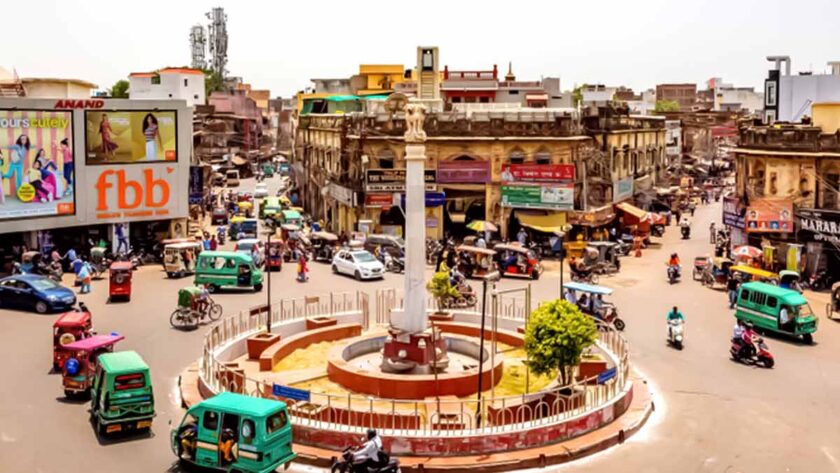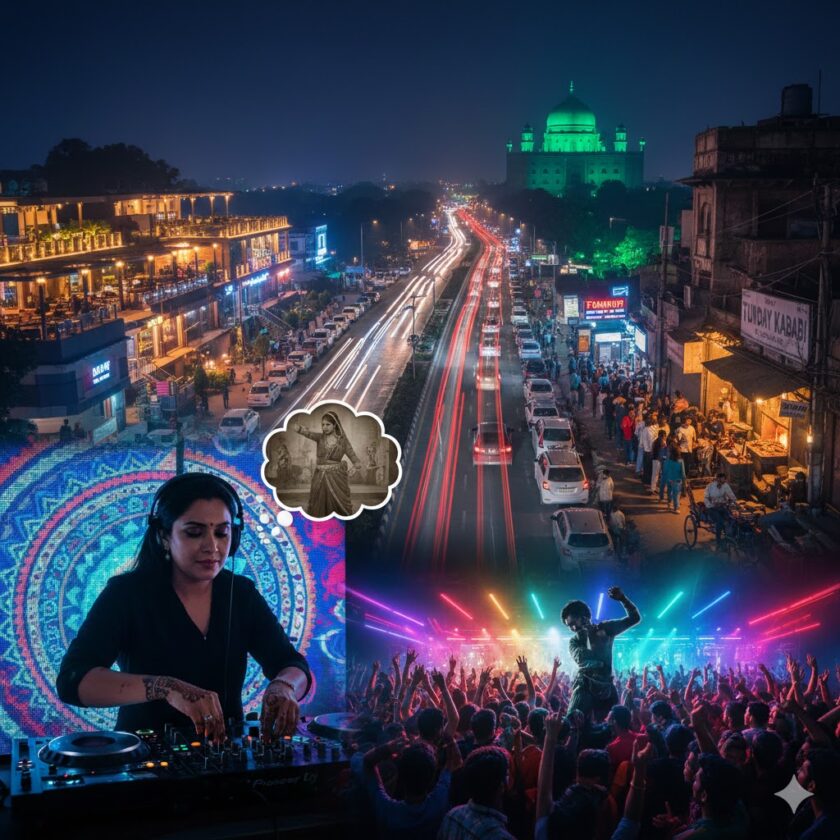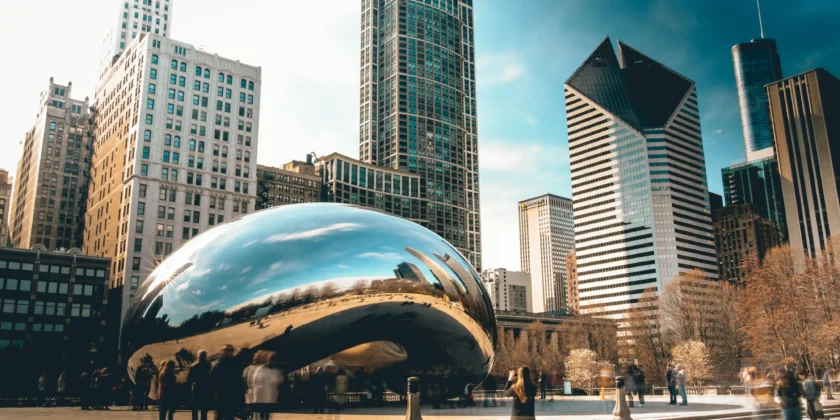New Delhi: India, a land of diverse cultures and rich history, boasts some of the most magnificent palaces in the world. These architectural marvels stand as testaments to the opulence and grandeur of India’s royal past, each with its own unique story to tell. From the majestic forts of Rajasthan to the serene lakeside palaces of Udaipur, India’s palaces offer visitors a glimpse into the country’s royal heritage and cultural splendor. In this journey through India’s most talked-about palaces, we will delve into the history, architecture, and allure of these timeless treasures.
- City Palace, Jaipur: Situated in the heart of Jaipur, the City Palace is a stunning blend of Rajput and Mughal architecture. Built in the 18th century by Maharaja Sawai Jai Singh II, this sprawling complex houses museums, courtyards, and gardens, offering visitors a glimpse into the royal lifestyle. The intricate artwork, including delicate frescoes and ornate mirror work, is a testament to the skilled craftsmanship of the artisans of yore.
- Udaipur City Palace: Perched on the banks of Lake Pichola, the Udaipur City Palace is a vision of elegance and tranquility. Built over several centuries, this palace complex boasts a fusion of Rajput and Mughal architectural styles. The intricate marble work, sprawling courtyards, and picturesque views of the lake make it a favorite among tourists. Visitors can explore the various palaces, museums, and gardens within the complex, each offering a glimpse into the opulent lifestyle of the Mewar rulers.
- Amber Palace, Jaipur: Nestled among the rugged hills of Jaipur, the Amber Palace is a splendid example of Rajput architecture. Built in the 16th century by Raja Man Singh I, this fortress-palace is renowned for its intricate carvings, mirror work, and stunning views of the surrounding landscape. The highlight of a visit to Amber Palace is the majestic Amber Fort, which offers panoramic views of the Jaipur cityscape.
- Mysore Palace: Often referred to as the “City of Palaces,” Mysore is home to one of India’s most iconic royal residences. The Mysore Palace, with its Indo-Saracenic architecture and intricate craftsmanship, is a sight to behold. Built in the 14th century and rebuilt in the early 20th century, this palace is a testament to the grandeur of the Wadiyar dynasty. Visitors can marvel at the gilded ceilings, ornate chandeliers, and exquisite artworks that adorn the palace halls.
- Fateh Prakash Palace, Udaipur: Overlooking the serene Lake Pichola, the Fateh Prakash Palace is a majestic heritage hotel that offers guests a taste of royal luxury. Originally built in the late 19th century as a guesthouse for visiting dignitaries, this palace has been restored to its former glory and is now a premier destination for discerning travelers. With its regal ambiance, impeccable service, and breathtaking views, Fateh Prakash Palace offers an unforgettable experience fit for royalty.
- Jal Mahal, Jaipur: Floating gracefully on the shimmering waters of Man Sagar Lake, the Jal Mahal is a mesmerizing sight to behold. Built in the 18th century by Maharaja Madho Singh I, this “Water Palace” served as a summer retreat for the royal family. While visitors cannot explore the interior of the palace, they can admire its architectural beauty from the banks of the lake or enjoy a boat ride to get a closer look.
- Hawa Mahal, Jaipur: Known as the “Palace of Winds,” the Hawa Mahal is an architectural marvel that epitomizes the grandeur of Jaipur’s royal heritage. Built in 1799 by Maharaja Sawai Pratap Singh, this five-story palace is adorned with intricately carved windows, allowing the royal ladies to observe street festivals and processions without being seen. The honeycomb-like facade of the Hawa Mahal is a photographer’s delight, especially during sunrise and sunset.
- Jai Vilas Palace, Gwalior: The Jai Vilas Palace in Gwalior is a testament to the lavish lifestyle of the Scindia dynasty. Built in the 19th century, this palace is renowned for its opulent Durbar Hall, which boasts the world’s largest chandeliers and a carpet that reportedly took 12 years to weave. Visitors can explore the museum within the palace complex, which houses an impressive collection of artifacts, including royal memorabilia, weaponry, and vintage cars.
- Junagarh Palace, Bikaner: Built in the late 16th century by Raja Rai Singh, the Junagarh Palace is a magnificent example of Rajput architecture. Unlike many other palaces in Rajasthan, Junagarh was not built on a hill but instead on a plain, making its construction even more remarkable. The palace complex comprises several palaces, temples, and pavilions, each showcasing the rich cultural heritage of Bikaner. Visitors can marvel at the intricate marble and sandstone carvings, elaborate mirror work, and vibrant frescoes that adorn the palace walls.
- Laxmi Vilas Palace, Vadodara: The Laxmi Vilas Palace in Vadodara is one of the grandest royal residences in India. Built in the late 19th century by Maharaja Sayajirao Gaekwad III, this sprawling palace boasts an eclectic architectural style that blends Indo-Saracenic, Mughal, and European influences. The palace complex is spread over 500 acres and features lush gardens, ornate fountains, and exquisite marble interiors. Visitors can explore the palace’s museum, which houses a remarkable collection of art, artifacts, and royal regalia.
India’s palaces are not just architectural marvels but also living testaments to the country’s rich cultural heritage and royal legacy. Each palace has its own unique charm and allure, offering visitors a glimpse into a bygone era of opulence and grandeur. Whether exploring the majestic forts of Rajasthan or the serene lakeside palaces of Udaipur, a journey through India’s most talked-about palaces is sure to be an unforgettable experience.






